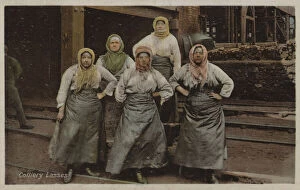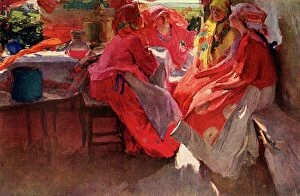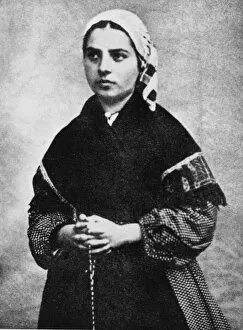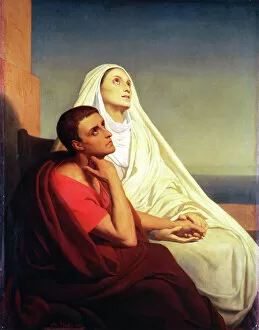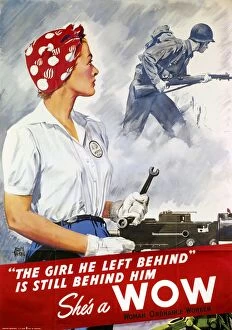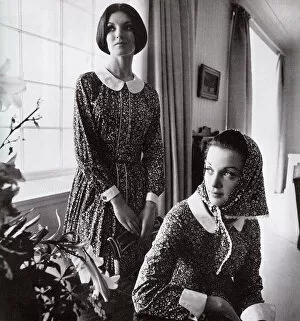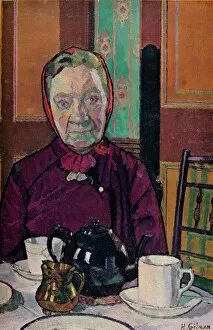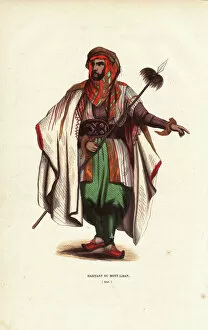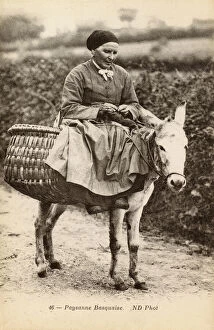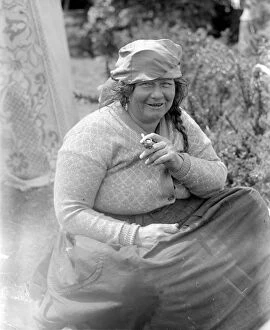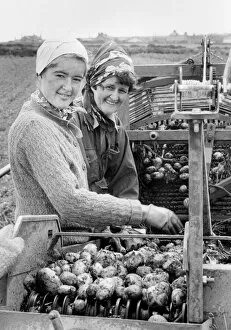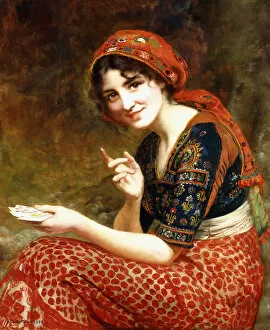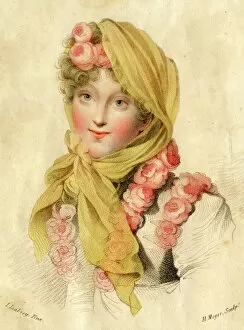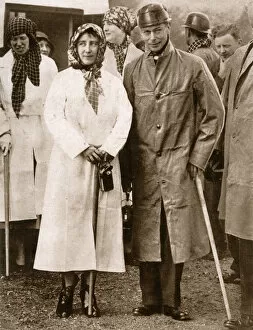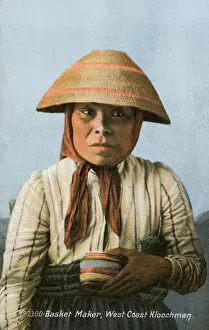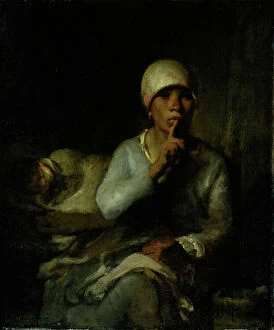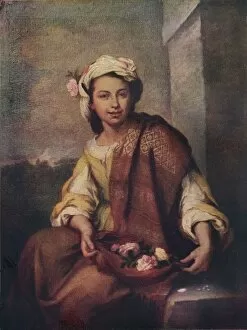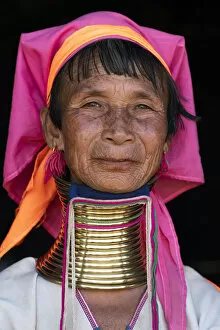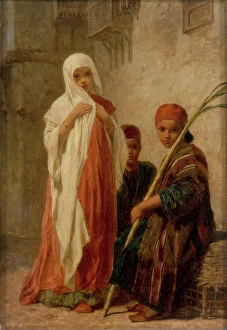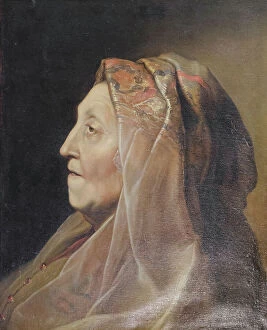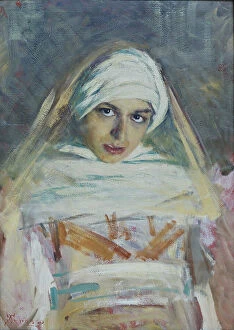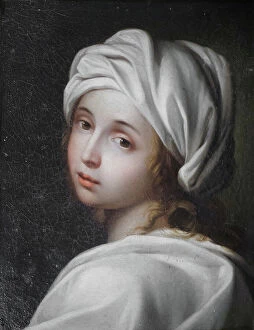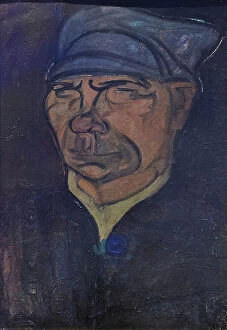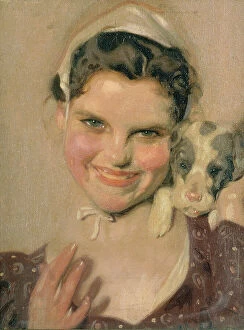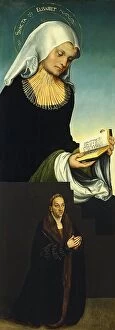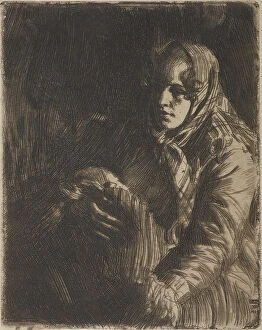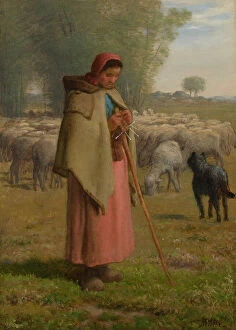Headscarf Collection
"Exploring the Cultural Significance of the Headscarf: A Journey Through Time" From paying a visit in 1915 to witnessing historical moments such as St
For sale as Licensed Images
Choose your image, Select your licence and Download the media
"Exploring the Cultural Significance of the Headscarf: A Journey Through Time" From paying a visit in 1915 to witnessing historical moments such as St. Bernadette of Lourdes and St. Augustine with his mother, the headscarf has been an enduring symbol throughout history and has witnessed women's empowerment during World War II through recruitment posters like "The Girl He Left Behind Is Still Behind Him. " Even female ICI employees enjoyed moments of joy and freedom while wearing their headscarves at a dance in South Yorkshire in 1957. In the realm of fashion, the headscarf took on new dimensions with Mary Quant Ginger Group dresses adorned with Liberty prints in 1964. Meanwhile, Mrs Mounter at the Breakfast Table captured a moment frozen in time, showcasing how this accessory was part of everyday life back in 1916-17. Beyond borders, cultures embraced this versatile garment as well. From a mount Lebanese man donning a turban and cloak while carrying a spear to an African woman pounding grain using traditional Somali clothing and accessories – these images highlight its significance across continents. Even within subcultures like Romany gypsies, we find evidence of headscarves playing an integral role; one photograph from the late 1940s or early 1950s shows a woman smoking her pipe at Epsom Races. Lastly, let us not forget Donna Dillingham's captivating image from March 1986 that showcases how even amidst evolving fashion trends, there is always room for nostalgia inspired by '30s fashion. Through these glimpses into history and diverse cultures worldwide, it becomes evident that the headscarf transcends time and place – forever woven into our collective human story.

